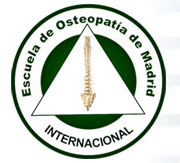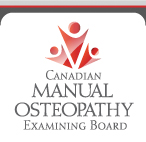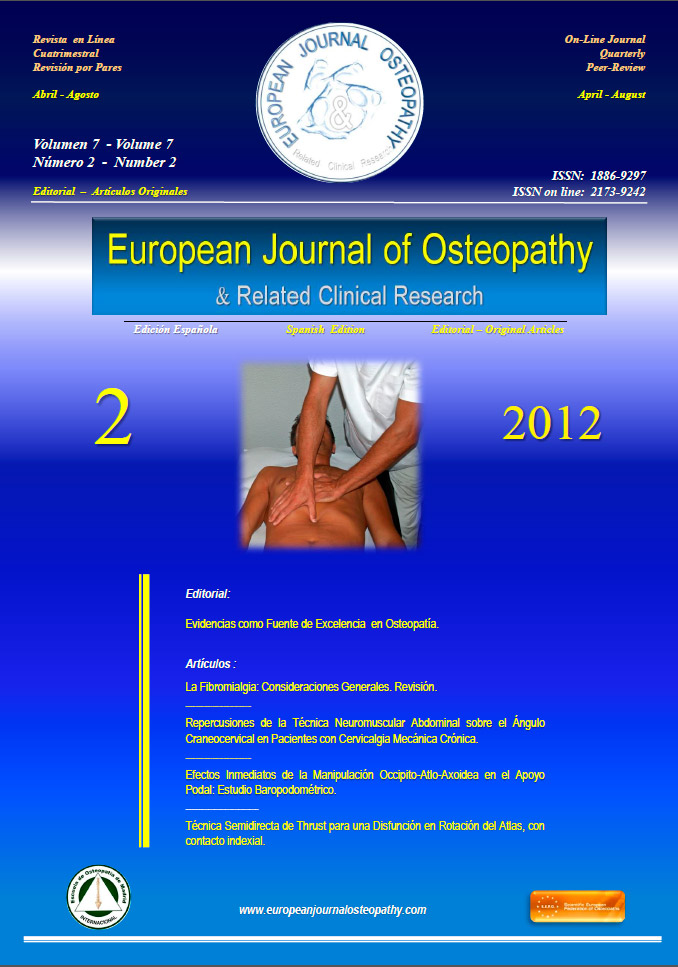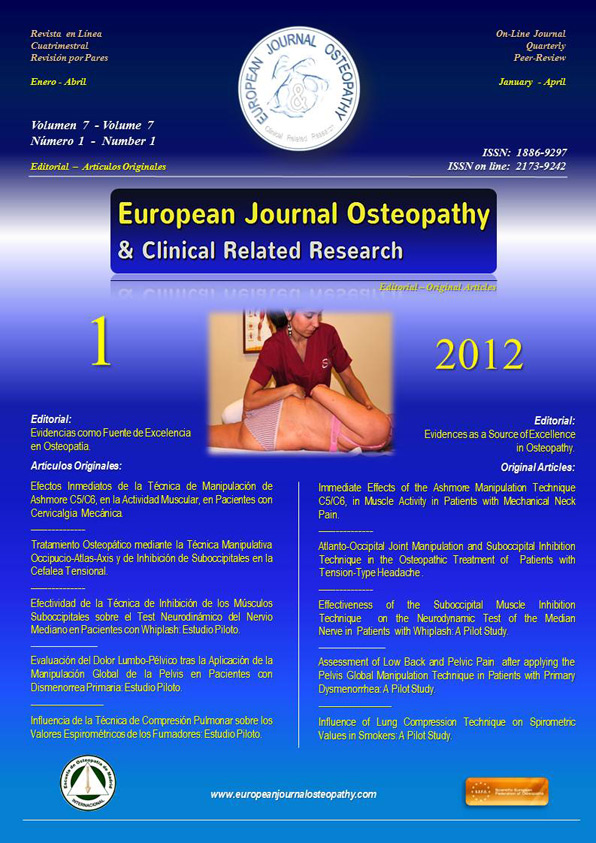Theory and Principles of Rolfing
 The Rolf Institute of Structural Integration (RISI) has continued Dr. Rolf's profound inquiry into how to enhance the whole person by organizing the body in gravity. Some of the more important developments of the work since Dr. Rolf's death are also what now distinguishes Rolfing from all other forms of structural integration:
The Rolf Institute of Structural Integration (RISI) has continued Dr. Rolf's profound inquiry into how to enhance the whole person by organizing the body in gravity. Some of the more important developments of the work since Dr. Rolf's death are also what now distinguishes Rolfing from all other forms of structural integration:* Principles of Intervention - Rolfing training begins with the Ten Series developed by Dr. Rolf. Over the years, the faculty at the Rolf Institute has articulated the core principles on which the original series was based, including variations of Dr. Rolf's original protocol. By understanding these principles Rolfers can work effectively inside or outside of the Ten Series and incorporate intervention strategies that reflect the unique needs of each client.
* Gentle Techniques - As Rolfers work with the deep myofascial structures, some people may experience the work as uncomfortable; however, Rolfers have continued to develop a broad range of techniques that produce profound results with less discomfort.
* Joint Mobilization Techniques - The Rolf Institute® faculty has created a range of soft tissue techniques that release the motion restrictions that impede whole body organization. These techniques increase Rolfers’ effectiveness in working with many common structural problems.
* The Personal Experience - Rolfing is a holistic technique in that changes in structure can impact the whole person, physically, emotionally, and energetically. Ultimately, each client’s individual experience plays a central role in Rolfing’s transformational aspects.
* The Integration of Structure and Function - In Rolf Movement® Integration, the Rolfer™ helps clients become aware of their inhibiting movement patterns and teaches them how to change them. In Rolfing structural integration, the Rolfer releases these patterns through manipulation as they manifest in the client's structure. Rolfing is as concerned with how people experience and use their bodies in their daily lives as with their structural organization in gravity. This unique blend of both, the functional and structural aspects of Rolfing, is a distinctive feature of the training at RISI.
The Rolfing® Ten Series
The hallmark of Rolfing Structural Integration is a standardized “recipe” known as the Ten Series, the goal of which is to systematically balance and optimize both the structure (shape) and function (movement) of the entire body over the course of ten Rolfing sessions.
Each session focuses on freeing restrictions or holdings trapped in a particular region of the body. A practitioner also maintains a holistic view of the client’s entire system during each session, thus ensuring the transformational process evolves in a comfortable and harmonious way.
The Ten Series can be divided into three distinct units.
Sessions 1-3:
Called the "sleeve” sessions, session 1-3 strive to loosen and balance surface layers of connective tissue.
 Specifically, the first session is devoted to enhancing the quality of breath with work on the arms, ribcage and diaphragm. Opening is also started along the upper leg, hamstrings, neck and spine.
Specifically, the first session is devoted to enhancing the quality of breath with work on the arms, ribcage and diaphragm. Opening is also started along the upper leg, hamstrings, neck and spine.The second session helps give the body a stable foundation by balancing the foot and muscles of the lower leg.
The third session typically involves a “side view” for an understanding of how the head, shoulder girdle, and hips are positionaly related to one another when standing under the influence of gravity. Then, the body is addressed within the context of this new vision.
Sessions 4-7:
Sessions 4-7 are referred to as “core” sessions and examine terrain found between the bottom of the pelvis and top of the head. The idea of core also includes the deep tissue of the legs for its role in support.
Session four begins this journey, its territory extends from the inside arch of the foot and up the leg, to the bottom of the pelvis.
The fifth session is concerned with balancing surface and deep abdominal muscles to the curve of the back.
Session six seeks to enlist more support and moment from the legs, pelvis and lower back, while the seventh session turns its sole attention to the neck and head.
Session 8-10:
 “Integration” is emphasized throughout the remaining three sessions, as session 8-10 provide an opportunity for the practitioner to blend previously established advancements, and ones yet to be made, into the body in a way that encourages smooth movement and natural coordination.
“Integration” is emphasized throughout the remaining three sessions, as session 8-10 provide an opportunity for the practitioner to blend previously established advancements, and ones yet to be made, into the body in a way that encourages smooth movement and natural coordination.During sessions eight and nine, the practitioner is free to decide how best to achieve this integration, as the protocol is unique for each individual.
The tenth and final session is also one of integration, but more importantly, serves to inspire a sense of order and balance. Once completed, the wisdom of the Rolfing Ten Series will drive and support the body with health for years to come.
Graphics courtesy of Matt Hsu, Certified Rolfer™
all photos are provided by The Rolf Institute®
Structural Intregration Treatment videos:
Go to Content








 1:22
1:22
 Daniel Enriquez de Guevara
Daniel Enriquez de Guevara






























.jpg)






















0 comentarios :
Publicar un comentario